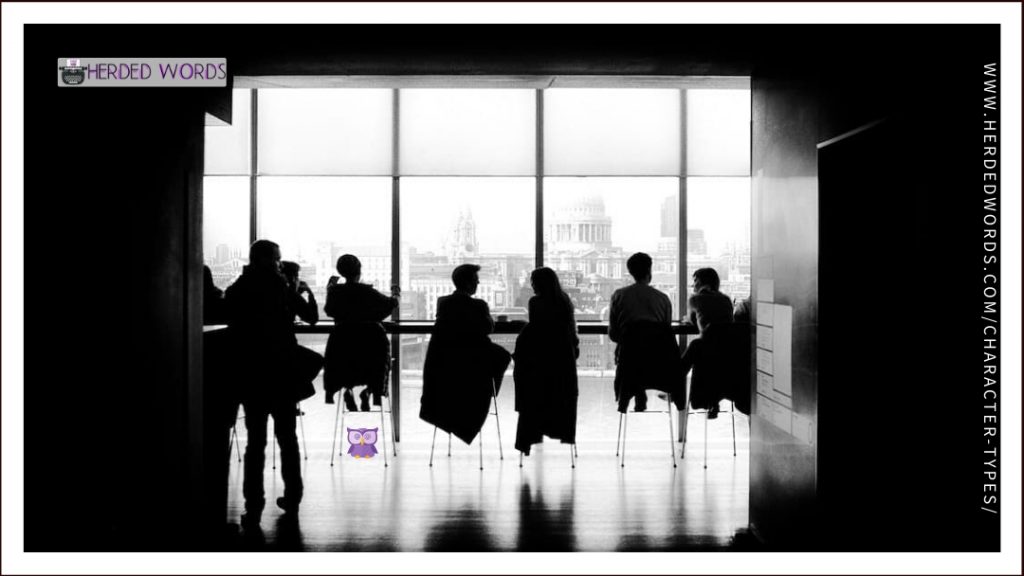
Listen to this post
Herdedwords.com uses affiliate links. This means we receive a commission on the sale of certain items. This is at NO additional cost to you. Visit the policies page to learn more.
How many characters should your novel have? Well, that depends but a character should only appear in your novel if they’re necessary to the story.
At a minimum, you’re going to need 6 essential major developed characters plus a cast of secondary characters and some extras.
Table of Contents
Categories for Character Types
There are three categories of characters you’re going to need in your novel.
- Developed Characters
Developed characters are often called major and secondary characters. The reader really gets to know these characters. We learn about their past, wants, needs, feelings, etc.,
There are two types of developed characters – major and secondary. All of them can have their own plotlines and be critical to the development of the novel. The difference? Secondary developed characters are never going to be the star of the show – that role is reserved for the major developed characters.
- Undeveloped Characters
Undeveloped characters are often called minor characters. The minor characters are the ones that fill out the roles every story needs but are never going to be the star of the show.
- Extras
You’ll also need to mention the presence of other people. But, you won’t be making them characters. These are the equivalent of extras in a film. They’re less like characters and more like part of the setting.
For example, if you’re waiting in line at the grocery store. The other people in the line, exist. Don’t ignore their presence because they add realism. But, they’re not characters so don’t over-characterize them.
The 6 Essential Developed Character Types
Let’s talk in detail about the 6 essential developed characters.
The Protagonist
Of all the character types, the protagonist is one of the most important. The protagonist is the main character. The story belongs to him (or her).
The actions and reactions of the protagonist will be the biggest driver of the plot.
While it is possible to have two ‘main characters’ – it is extremely difficult to have two protagonists. Usually one is the protagonist and one is the sidekick.
The Sidekick
The #2 character. The word sidekick undervalues the importance of this character. The sidekick is often the second main character or the second most important character.
The sidekick is loyal to the protagonist and their goals. However, they’re also different from the protagonist.
The Mentor
The mentor’s role in the novel is to guide/guard/teach/help the protagonist.
The mentor is a fundamentally good character. They act as the moral compass of the novel which means that they don’t always support the protagonist’s ideas. However, they are always on the protagonist’s “side.”
The Skeptic
The skeptic’s role in the novel is to be skeptical. They’re going to doubt everything – including the choices and goals of the protagonist.
The skeptic is ultimately on the protagonist’s “side” but pessimistically so.
The Love Interest
The love interest might be a standalone character, or it might be combined with one of the characters above.
The love interest is a character that the protagonist falls in love with. The love interest will probably fall in love back.
The love interest can act as a catalyst to push the protagonist’s growth forward.
A love interest doesn’t have to add sex or romance to the novel. The idea for romantic involvement can be enough.
The Antagonist
This “character” is going to be a person in most novels, but it doesn’t have to be. The antagonist is the main obstacle to your protagonists’ achievement of their goal.
The antagonist is directly opposed to your protagonist. I’m going to repeat that – it is a direct opposition, not an incidental one.
The antagonist doesn’t have to be evil, they only have to be against your protagonist.
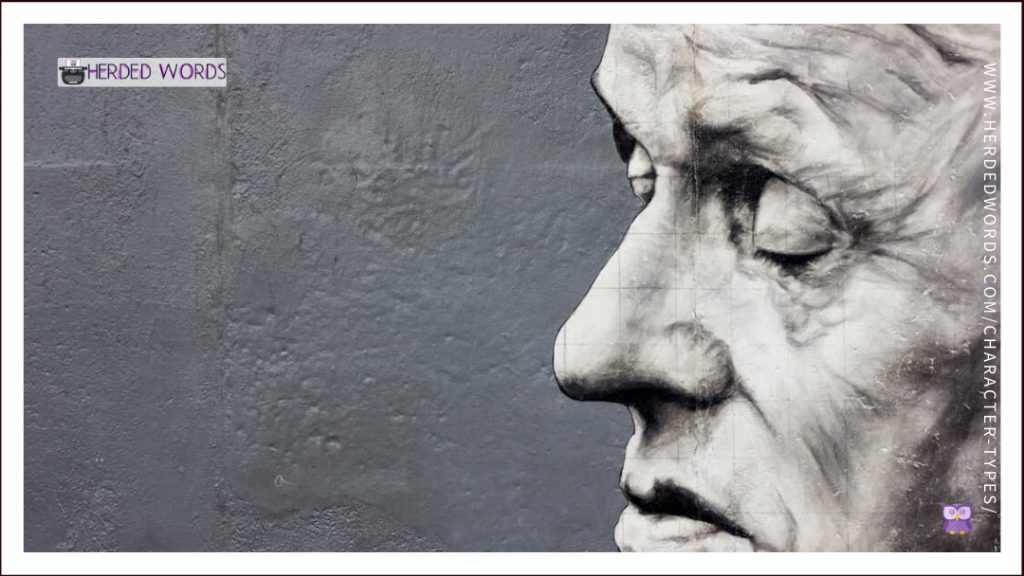
Character Type Examples
Let’s see how the character types are used in bestselling and award-winning fiction.
THE GIRL WHO KICKED THE HORNETS’ NEST
THE GIRL WHO KICKED THE HORNETS’ NEST, published in 2010 is a mystery, thriller & suspense novel by Stieg Larsson. It’s book 3 in the Millennium series.
THE GIRL WHO KICKED THE HORNETS’ NEST spent 9 weeks at #1 on the NYT Bestseller List. The Swedish version of the movie was released in 2009. The US version of the movie is not yet complete.
THE GIRL WHO KICKED THE HORNETS’ NEST Character Types Analysis
This novel is very long: 834 pages broken into 29 chapters.
There are over 100 named characters in THE GIRL WHO KICKED THE HORNETS’ NEST. Over 90 of whom have at least one line of dialogue. This is a very large cast of characters.
Because THE GIRL WHO KICKED THE HORNETS’ NEST is the final novel of a trilogy, a lot of character development took place in prior novels.
The 6 Essential Developed Character Types of THE GIRL WHO KICKED THE HORNETS’ NEST
- The Protagonist
Lisbeth Salander is the protagonist of this book (and the whole series). She spends a lot of the novel in the hospital. She then has to go to court and fight charges.
- The Sidekick
Mikael Blomkvist is the second most important character. He is focused on clearing Lisbeth. But he still has time for romance. Mikael has romantic relationships with Harriet Vanger, Erika Berger and Monica Figuerola.
- The Mentor
Dr. Anders Jonasson is the doctor who first treats Lisbeth’s injuries. He grows to care for Lisbeth and is a great ally and mentor throughout the book.
- The Skeptic
Annika Giannini acts as the skeptic. She’s Lisbeth’s lawyer and Mikael’s sister.
- The Love Interest
Lisbeth’s love interest is Miriam “Mimi” Wu. She isn’t in this novel very much.
Instead, the focal love interest is Monica Figuerola who’s involved with Mikael Blomkvist. She works for the Constitutional Protection Unit and helps protect Lisbeth.
This is an example of a non-protagonist love interest.
- The Antagonist
The section is the antagonist in the novel. They’re a secret organization within the Secret Police.
Alexander Zalachenko is the character antagonist. The Section has been protecting him for years. Alexander is a cruel man in his seventies and he’s Lisbeth’s father.
(Some) Secondary Developed Characters
Erika Berger is good friends with Mikael. Erika has her own work-related subplot. She also continues to enjoy a romantic relationship with Mikael.
Torsten Edklinth is the director of the Unit (the Constitutional Protection Unit), a branch of the Secret Police. Torsten and the Unit play a critical role by verifying Lisbeth’s story.
Richard Ekström is the prosecutor against Lisbeth. He’s initially a puppet of the Section and believes she’s guilty of everything. Eventually, he admits to being wrong.
Dr. Peter Teleborian is a seriously terrible guy. He works with the Section and is majorly involved in child exploitation.
Ronald Niedermann is Zalachenko’s son. He’s also Lisbeth’s half-brother. He tries (but fails) to kill Lisbeth.
This is still an incomplete list of characters. If you’re interested in reading more about the developed characters in THE GIRL WHO KICKED THE HORNETS’ NEST, Shmoop.com lists 31 developed characters with explanations of their roles in the novel.
THE LOST SYMBOL
THE LOST SYMBOL, published in 2009, is a mystery, thriller & suspense novel by Dan Brown.
THE LOST SYMBOL spent 10 weeks at #1 on the NYT Bestseller List. Between 2009 and 2018, Dan Brown spent a total of 22 weeks at #1 on the NYT Bestseller list.
THE LOST SYMBOL Character Types Analysis
THE LOST SYMBOL is 530 pages broken into 133 chapters.
The 6 Essential Developed Character Types of THE LOST SYMBOL
- The Protagonist
Robert Langdon is the protagonist. The entire series is named after him so this shouldn’t be a surprise.
- The Sidekick
Katherine Solomon acts as the sidekick throughout the novel. She’s different than Robert but equally invested in getting Peter back.
- The Mentor
Warren Bellamy is the wise one. He provides needed information and guidance.
- The Skeptic
Inoue Sato plays the skeptic. She is the Director of the Office of Security for the CIA. She reluctantly works with Robert Langdon.
- The Love Interest
THE LOST SYMBOL lacks a strong love interest. There’s some speculation about love for Robert Langdon in other novels of the series but it’s basically non-existent.
- The Antagonist
The main antagonist is Mal’akh, a mason. Mal’akh is both the killer and mastermind of the events of the novel. He was formerly known as Zachary Soloman and Andros Dareios.
A Secondary Character
Peter Solomon is kidnapped. This is the catalyst for Robert Langdon to find the Mason’s Pyramid and the Lost Symbol.
SING, UNBURIED, SING
SING, UNBURIED, SING, published in 2017, is a fiction novel by Jesmyn Ward.
SING, UNBURIED, SING won the 2017 National Book Award for Fiction.
The 6 Essential Developed Character Types of SING, UNBURIED, SING
- The Protagonist
Jojo is the 13 year old son of Leonie and Michael. His parents are neglectful and he’s taken on a lot of responsibility for raising his 3 year old sister, Kayla.
- The Sidekick
Leonie is Jojo & Kayla’s mother. Her only real concern in life is Michael. They neglect the children and use drugs. She’s also tormented by the murder of her older brother.
She is not a positive influence on the protagonist. Unlike a traditional sidekick, who would be supportive of the protagonist and their goals, Leonie is a selfish character.
- The Mentor
Pop is Leonie’s father. He’s the active parent-figure in Jojo’s life. He spent time in Parchman prison when he was younger.
- The Skeptic
Mam is Leonie’s mother.
- The Love Interest
Michael is Jojo & Kayla’s father. Michael is in prison at the start of the novel.
Michael is Leonie’s love interest. They are not great parents.
- The Antagonist
The antagonist isn’t a character, it’s neglect. However, the neglect is portrayed primarily via Leonie & Michael.
(Some) Secondary Developed Characters
Kayla is Jojo’s sister.
Given was Leonie’s older brother. He was murdered by Michael’s cousin. He appears as a ghost in the novel when Leonie is high.
Joseph is Michael’s father. He’s a racist jerk who’s completely against Michael’s relationship with Leonie and doesn’t want anything to do with his 2 biracial grandchildren.
Richie was in prison with Pop. He’s a ghost in the novel and haunts Jojo.
Misty is Leonie’s friend. She goes with them to pick up Michael from prison. She’s a drug addict whose boyfriend is also in prison.
LitCharts has a great list of character analysis for SING, UNBURIED, SING.
THE WINDUP GIRL
THE WINDUP GIRL, published in 2009, is a science fiction novel by Paolo Bacigalupi.
THE WINDUP GIRL won the 2010 Hugo Award.
THE WINDUP GIRL Character Types Analysis
THE WINDUP GIRL has a complicated cast of characters. The novel is very plot-driven and sometimes the characters felt underdeveloped or inconsistent.
The 6 Essential Developed Character Types of THE WINDUP GIRL
- The Protagonist
Anderson Lake is the protagonist. The story revolves mostly around him and his goals. The plotlines of the other characters are told in a way that demonstrates how they affect Lake.
- The Sidekick
Emiko is the titular character. She’s the windup girl. It could be argued that she’s the protagonist and Anderson Lake is the sidekick.
However, the overall plotline is far more focused on Lake’s goals than Emiko’s.
Emiko is the sidekick. She’s the second most important character in the novel with her own subplot.
- The Mentor
Hock Seng takes the role of mentor, but not in a traditional sense. He’s less of a mentor to the characters in the novel and more of a mentor to the readers.
Hock Seng offers a perspective outside most of the characters that works as a guide for the reader.
- The Skeptic
Hock Seng is also highly skeptical of the world around him.
Kayla is another skeptic. She is heavily skeptical of the world around her.
- The Love Interest
Emiko also acts as the love interest of the story. Romantically, Lake becomes quite infatuated with her.
She’s also portrayed as a sex symbol and/or love interest of other characters.
- The Antagonist
The antagonist of the novel is complicated. While there are antagonistic characters, the true antagonist is greed and selfishness.
(Some) Secondary Developed Characters
Jaidee is an important “white shirt” (an employee of the Environment Ministry) in the novel. He’s a charming, optimistic and happy man. He’s very different than the other important characters in the novel.
Raleigh is a local sex-club owner. He owns Emiko.
Akkarat is the Environment Minister.
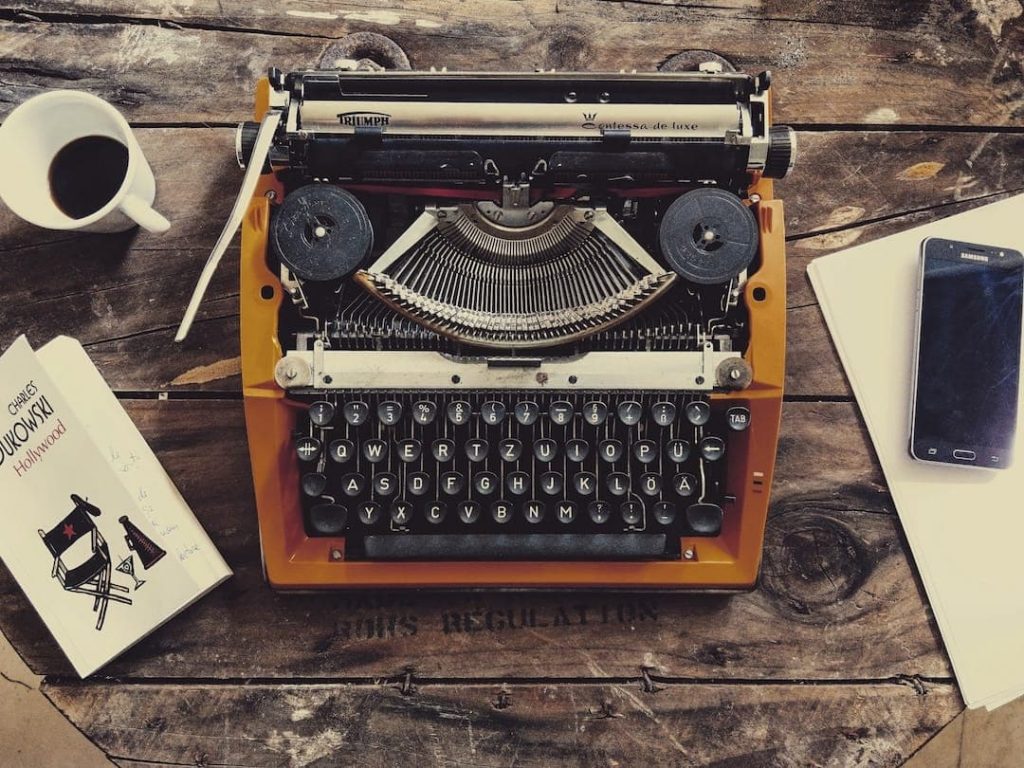
Writing Practice
It’s time to start practicing using the 6 character types.
Exercise: Analyze More Novels
It’s time to analyze more novels. Choose a few of your favorite novels and a few novels in the genre you write in.
Who are the 6 essential character types of each novel?
– The Protagonist
– Sidekick
– Mentor
– Skeptic
– Love Interest
– Antagonist
Exercise: LITTLE RED Adaptation
Imagine a LITTLE RED Adaptation. What will your 6 essential characters be like?
Today, it’s time to figure out who your six essential character types will be.
- Name
- Age
- Gender
- Relationship to the other 5 character types?
- What does the character want?
- What are they afraid of?
- Who were they in LITTLE RED CAP (if they’re based on one of those characters)?
Exercise: Analyze or Create Yours
If you’ve completed a novel, take a look at it. Who are the six essential character types in it?
If you have an idea you’d like to write, sketch out the 6 character types (just like with the Red adaptation).
Try Handwriting!
There are many reasons to try handwriting for some of your work (although I wouldn’t recommend it for a full novel). Check out these awesome (and inexpensive) notebooks!
The Importance of Character Types

The 6 main character types listed in this article are not a complete list of character types.
As shown in the examples, novels will contain more than six important characters. But, these character types are found in almost every novel. Make sure that includes yours!
Once you feel comfortable with the overall character types, it’s time to start going deep. Check out How to Write a Memorable Main Character next.
Like this post? Please PIN IT and follow me on social media. Thanks!
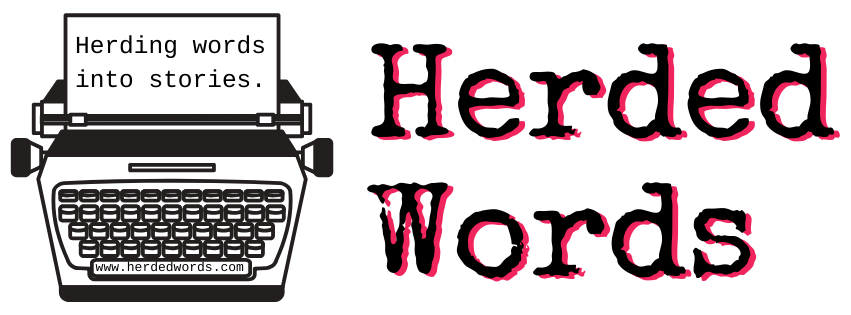
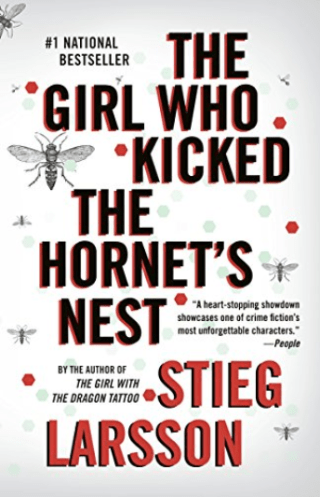
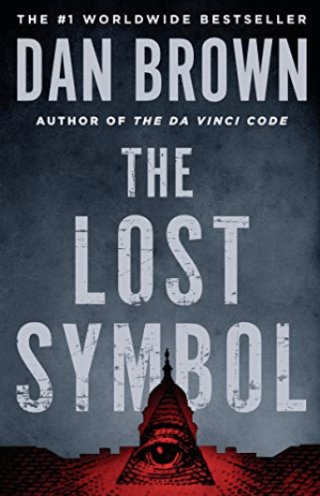
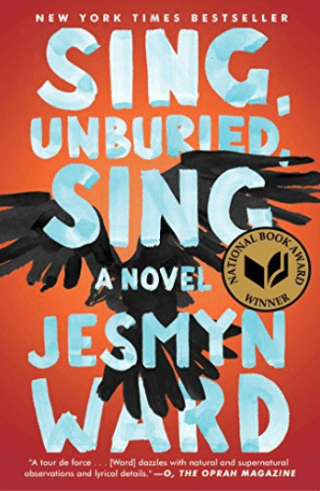
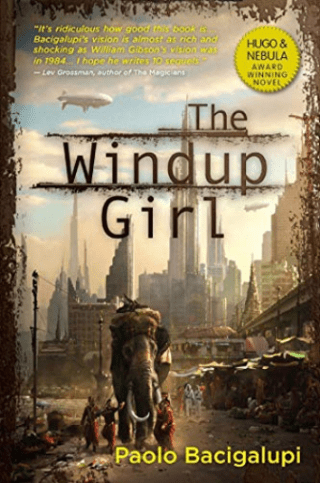

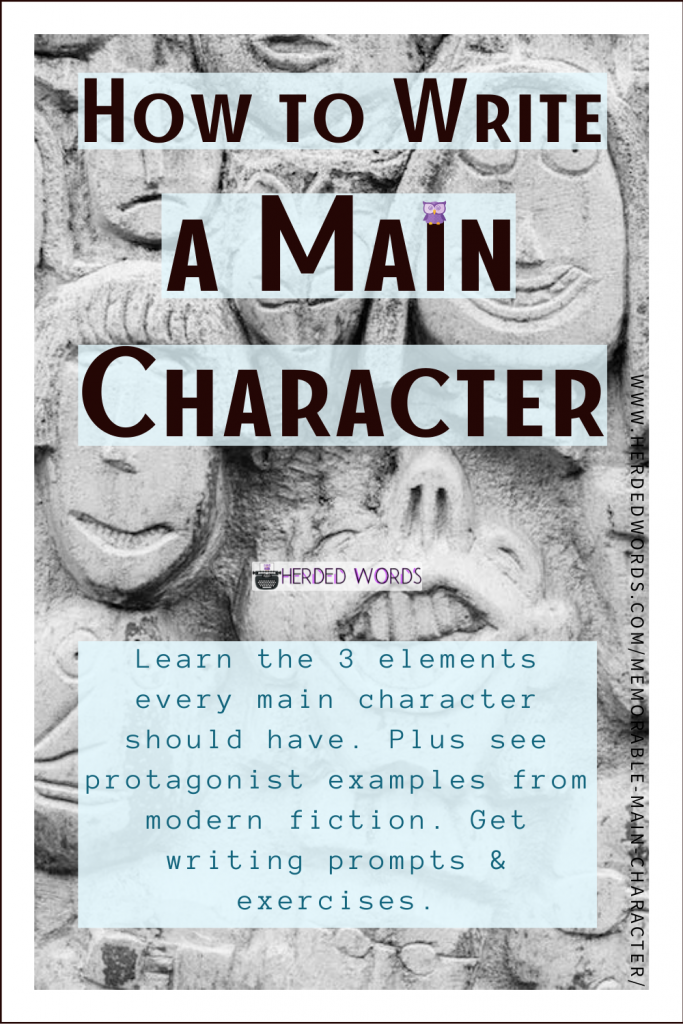





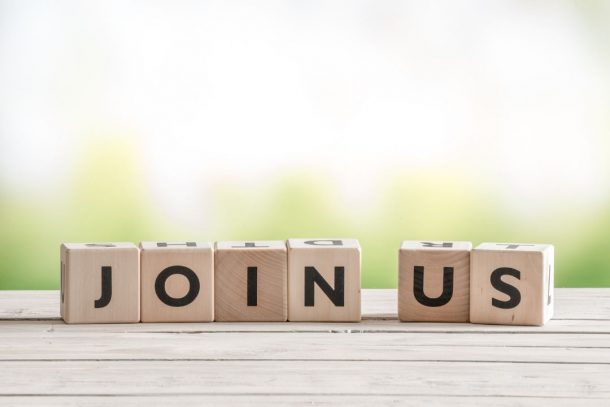
I really appreciate this as I am teaching Language and Literature subject in schools. Thanks.